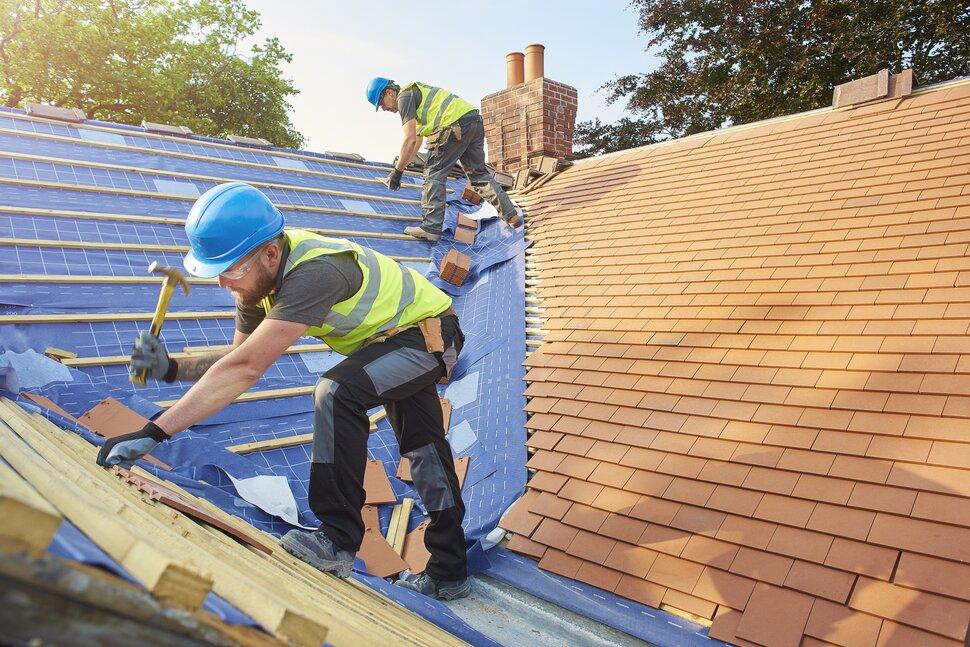When it comes to homeownership, one of the critical aspects to consider is the condition of your roof. The roof serves as the first line of defense against the elements, and over time, it’s natural for it to require maintenance or replacement. Determining when a roof was last replaced is essential for assessing its current state and planning for future repairs. In this article, we’ll explore various methods you can use to find out when a roof was last replaced, helping you make informed decisions about your home’s maintenance.

Understanding the Importance of Knowing When a Roof Was Last Replaced
The age of your roof plays a significant role in its overall condition. A well-maintained roof can last anywhere from 20 to 50 years, depending on the materials used and the climate of your area. If you’re unsure about the last time your roof was replaced, it’s crucial to find out for several reasons:
- Maintenance Planning: Knowing when your roof was last replaced allows you to plan for necessary maintenance and repairs. Regular inspections and upkeep can extend the life of your roof and prevent potential leaks or damage.
- Insurance Claims: If your roof has suffered damage due to unforeseen events like storms or accidents, your insurance coverage may vary depending on its age. Having accurate information about its replacement date can simplify the claims process.
- Resale Value: If you’re considering selling your home, potential buyers will likely inquire about the age and condition of the roof. A newer roof can increase the resale value and attract more buyers.
Methods to Determine When a Roof Was Last Replaced
- Check Your Records: The simplest way to find out when your roof was last replaced is to refer to your home improvement records. If you’ve kept track of renovations and repairs, you might find the installation date of your current roof.
- Contact Previous Owners: If you’re not the first owner of the property, consider reaching out to previous owners. They might have valuable information about the roof’s history, including any replacements or repairs.
- Inspect Shingles and Materials: Different roofing materials exhibit different signs of aging. Asphalt shingles may show signs of curling or missing granules, while wooden shingles can decay over time. By assessing the condition of the roofing materials, you can estimate the roof’s age.
- Consult with Professionals: Roofing experts can provide valuable insights into the age and condition of your roof. They can examine the materials, check for any manufacturer labels on the roofing components, and offer an educated estimate of when the roof might have been replaced.
Conclusion
In conclusion, determining when a roof was last replaced is essential for maintaining the overall integrity of your home. Understanding your roof’s age helps plan repairs, streamline insurance claims, and boost property resale value. By reviewing records, contacting previous owners, inspecting materials, or seeking advice, you responsibly promote homeownership. Remember, a well-cared-for roof not only protects your investment but also provides peace of mind for years to come.



Leave a Reply